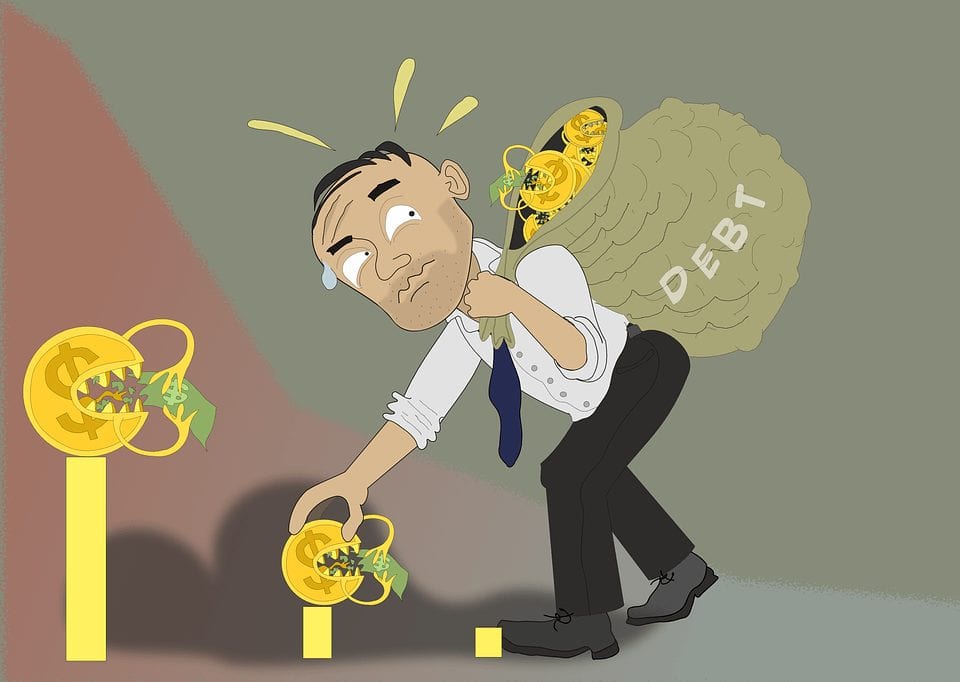All it takes is one misstep to fall into a sinkhole of debt. Unfortunately, it may take several moves–some painful–to claw your way out. There are things you can do to begin the long journey back:
Admit your problem
It’s a cliché, but debt counselors say you can’t correct dangerous behavior unless you recognize that it is harmful. An easy way to tell if you’ve got a debt problem is if you don’t have enough money to pay all your monthly expenses plus your minimum credit card obligations.
Other warning signs include not knowing your credit card balances or how many cards you have, or if the number of cards in your wallet is in the double digits. Another signal is if you’ve started screening calls to avoid creditors. According to the book – How to Get Out of Debt, Stay Out of Debt & Live Prosperously, “You have a problem if your debt is causing you any discomfort or trouble.”
Calculate your spending
You need to determine where all of your money is going. So write down exactly what you spend every day–including lattes and the kids’ lunch money–for at least two months.
Set up a repayment account
With the money you save from cutting back on unnecessary expenditures, make automatic monthly deposits into a separate bank account. Do not use this money to pay your monthly bills. Use it to pay more than the minimum required on your credit cards and to fatten your emergency fund.
Prioritize debts
Before using your repayment fund, first sort out your good debt from your bad. The best debt includes tax-deductible, low-interest loans such as a mortgage. A low-interest car loan, though not deductible, is still good because it’s tied to a real asset.
Bad debt includes credit cards, which charge up to 25 percent annual interest or more. Use your repayment fund first to pay off the highest-interest debt. Some experts suggest paying off your smallest balances first, for a sense of progress.
Consider selling an asset
Your house or luxury car may be more than you can afford. Sell the car and choose something more modest. Use the proceeds to reduce debt. Once the cards are paid off, you can begin to save for a new model.
Be your own banker
Many 401(k)’s allow you to borrow against them. You’ll be repaying the loan with after-tax dollars. However, 401(k)’s typically charge loan rates much less than credit cards. And you’ll be paying yourself, rather than a bank. If you can’t afford to repay while making new contributions, don’t do it.
Negotiate with creditors
Be courteous, but suggest that you might transfer your balance to a competitor with a better rate. They may agree to lower your rate; it costs them more to find a new customer than to keep you.
Freeze your credit cards
Put your cards in a block of ice in the freezer. That way, the next time you get an impulse to buy on credit, you’ll have to wait for the cards to thaw, and you may lose your urge to splurge. And beware: Microwaving your cards will destroy the magnetic strip.
